With every puddle jump, and every splash in the bath, I saw my son’s fascination with water and science grow.
I want to encourage him to channel this natural curiosity, and to do this I realized the need for science to be more than just textbook lessons.
Seeking the perfect blend of fun and learning, I embarked on a mission to discover the best water science activities for preschoolers.
Join me as I make waves with hands-on experiments that truly captivate young minds!
Why I Love Water Science Experiments For Preschoolers
For preschoolers, water isn’t just for play—it’s a mesmerizing mystery waiting to be unraveled. Supporting your child’s water science experiments is similar to opening a door to nature’s most fluid element.
These experiments not only stimulate their innate curiosity but also foster foundational skills in observation and prediction. For parents, joining in this aquatic exploration reinforces the notion that learning can be immersive and fun.
Dive in with your little one, nurturing their scientific spirit with each splash and ripple.
How I Chose These Water Science Experiments For Preschoolers
Embarking on a quest for the best water science experiments, I plunged into renowned activity sites, seeking experiments that promised more than a fleeting moment of fun.
I paid special attention for activities that immersed kids for over 20 minutes, evoked boundless joy, and added a splash of movement.
The true test, however, was my son’s sparkling eyes and infectious giggles. Only those water wonders that passed our fun-test flowed into this curated list.
Dive in and discover the joy of water science with us!
15 Of My Favorite Water Science Experiments For Preschoolers
Discover the magic of water with these 15 handpicked experiments specially curated for young learners.
Dive in and make waves with your eager little scientist!
1. Alka Seltzer Experiment
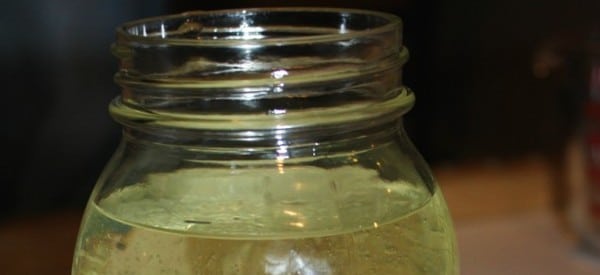
Engage your preschooler with a delightful dance of colorful bubbles in the Alka Seltzer experiment.
This easy pre-k science experiment offers a captivating glimpse into the world of chemistry, revealing the fascinating interactions between oil, water, and effervescence. With just a few household items, watch as the dance unfolds, making learning both enchanting and hands-on.
- Main Materials: Alka Seltzer tablets, oil, water, and a clear container.
- Duration: About 15-20 minutes.
- Ideal Age: Preschoolers (3-5 years old).
- Science Discipline: Chemistry.
- Science Skills Focus: This experiment encourages observation, understanding of chemical reactions, and the exploration of liquid densities in an engaging manner.
2. What Absorbs Water?
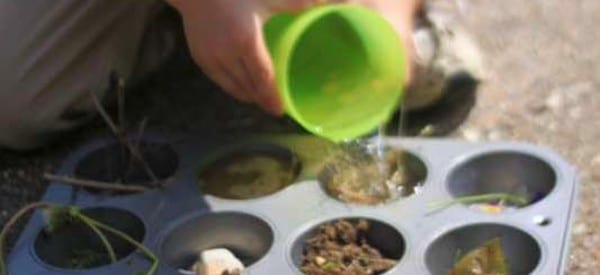
Ever watched a child’s eyes light up when they witness the magic of absorption? Our “What Absorbs Water” experiment is a delightful journey into understanding how different materials react with water.
These types of questions and activities make for a great addition to other nature science experiments for preschoolers to help your little ones learn more about the world around them.
Using everyday items, kiddos can witness firsthand which objects soak up water and which repel it. It’s a tactile, visual feast of science at its simplest and most profound!
- Materials Needed: Assorted objects (cotton, sponge, plastic toys, etc.), bowls, water.
- Duration: About 15-20 minutes.
- Ideal Age: Preschoolers (3-5 years old).
- Science Discipline: Physical science.
- Science Skills Focus: This experiment strengthens observation, comparison, and prediction skills, providing a hands-on exploration of absorption properties.
3. PlayMonster Science4you – Water Science Kit
The Egg Float Activity is a delightful fusion of both! With PlayMonster Science4you’s Water Science kit, little ones will be both amused and amazed as they witness the buoyancy mystery unfold. Through simple materials, this activity offers an inviting gateway into the world of water science, ensuring your preschooler is both entertained and enlightened.
- Main Materials: Egg, water, salt, and the PlayMonster Science4you – Water Science kit.
- Duration: About 15-20 minutes.
- Ideal Age: Preschoolers (3-6 years old).
- Science Discipline: Density and buoyancy.
- Science Skills Focus: This experiment encourages kids to hypothesize, observe changes in buoyancy, and understand density in an interactive and fun manner.
4. Egg Float Activity
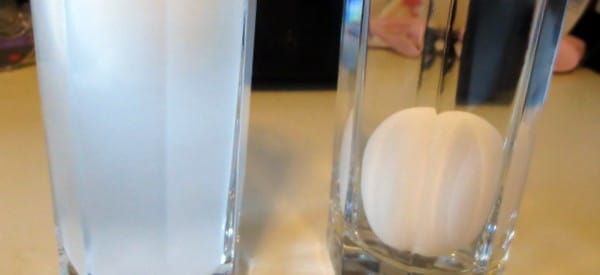
Every kitchen holds a treasure trove of science, and the Egg Float Activity is a testament to that. With just an egg, some water, and salt, transform your kitchen into a vibrant learning hub where the whimsical world of buoyancy and density unfolds.
This simple yet captivating experiment not only amazes preschoolers but instills a sense of wonder about the magic in everyday materials.
- Main Materials: Fresh egg, tap water, salt, and a clear glass.
- Duration: About 10-15 minutes.
- Ideal Age: Preschoolers (3-5 years old).
- Science Discipline: Physics – Buoyancy and Density.
- Science Skills Focus: This activity nurtures observation, prediction, and an understanding of buoyancy and density through hands-on experimentation.
5. Oil & Water Experiment
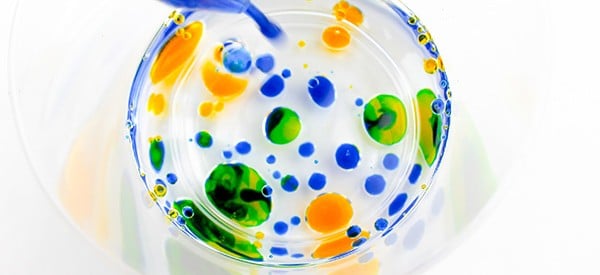
Every kitchen houses the ingredients for a captivating science experiment, and the oil and water dance is no exception!
Witness the enchanting play of these two liquids, offering preschoolers a vivid peek into the world of density and immiscibility.
I love working on this winter science experiment for pre-k with my son when we are stuck indoors due to cold weather. It’s a simple yet powerful demonstration of nature’s rules, all within a single glass!
- Main Materials: Cooking oil, water, food coloring (optional), and a clear glass or jar.
- Duration: About 10-15 minutes.
- Ideal Age: Preschoolers (3-5 years old).
- Science Discipline: Density and Immiscibility.
- Science Skills Focus: This experiment encourages observation, understanding of liquid density, and immiscibility, sparking questions and discussions in a tangible, visual way.
6. Penny Boat Challenge
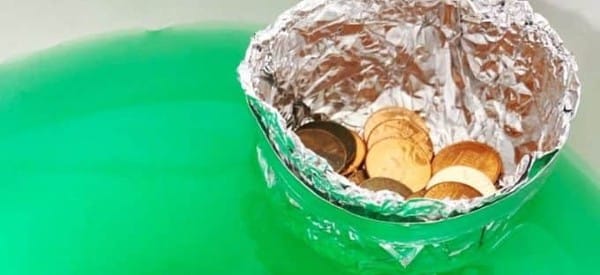
Ahoy, young sailors! Set sail on a whimsical voyage of discovery with the Penny Boat Challenge.
Using just a few household items, our preschoolers become budding engineers, crafting boats and guessing how many pennies they can hold before sinking.
This is a fun pre-k science experiment because my son can test it during bathtime or in our kitchen during the day.
It’s an exhilarating blend of playful experimentation and hands-on learning that brings buoyancy and balance concepts to life.
- Main Materials: Aluminum foil, pennies, a tub of water.
- Duration: 20-30 minutes.
- Ideal Age: Preschoolers (3-5 years old).
- Science Discipline: Physics (Buoyancy).
- Science Skills Focus: Encourages hands-on experimentation, predictions, and understanding buoyancy and balance in a fun, tangible manner.
7. Crayola Liquid Science Kit for Kids
Ignite your child’s scientific curiosity with the Crayola Liquid Science Kit. Merging the vibrancy of colors with the magic of science, this kit offers a delightful palette of hands-on learning. Let your little one’s creativity flow, blending art with discovery, while mastering fundamental scientific principles. A vibrant, captivating experience awaits!
- Main Materials: Crayola color tablets, test tubes, pipettes, and instruction booklet.
- Duration: Varies, but most experiments take 20-30 minutes.
- Ideal Age: 4-10 years old.
- Science Discipline: Chemistry and physics of liquids.
- Science Skills Focus: Encourages hands-on exploration, observation, hypothesis making, and understanding liquid behaviors in a colorful context.
8. Does It Float- Soda Can Edition
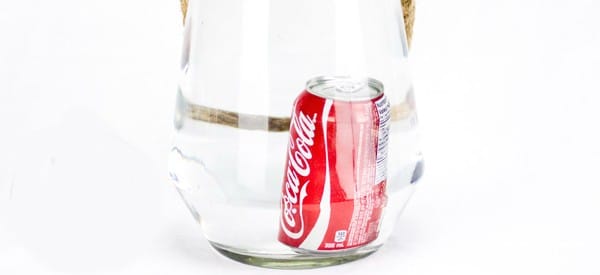
Ever wondered about the buoyancy of your favorite soda? This delightful experiment invites preschoolers to predict, observe, and draw conclusions about floating soda cans.
Using simple household items, your young scientist will be intrigued by the unexpected results, as they decipher the mystery behind why some cans float and others don’t.
- Main Materials: Unopened soda cans (variety), a large container, and water.
- Duration: About 20-30 minutes.
- Ideal Age: Preschoolers (3-5 years old).
- Science Discipline: Physics – Buoyancy.
- Science Skills Focus: This experiment fosters prediction, observation, and analytical skills, cultivating a deeper understanding of buoyancy and density.
9. Magic Pepper Experiment
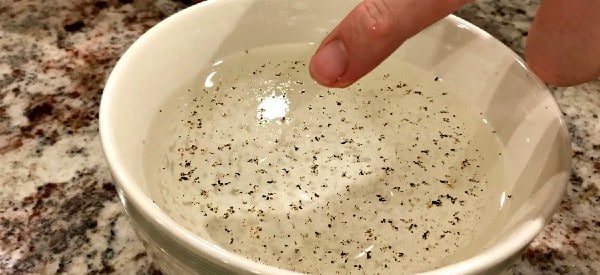
Delight your little one with the enchanting dance of pepper specks on water. This simple yet magical experiment unveils the secrets of surface tension in a way that’s both captivating and enlightening.
Transform your kitchen into a wonder lab, where everyday ingredients create scientific marvels, leaving young minds both amazed and curious.
- Main Materials: A bowl of water, pepper, and dish soap.
- Duration: Approximately 5-10 minutes.
- Ideal Age: Preschoolers (3-5 years old).
- Science Discipline: Surface tension and fluid dynamics.
- Science Skills Focus: This experiment accentuates observation, hypothesis-making, and understanding the wonders of surface tension through hands-on engagement.
10. Skittles In Water
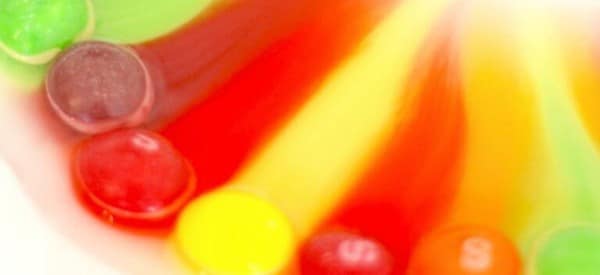
Ever wondered how to turn simple Skittles into a mesmerizing dance of colors? This delightful experiment invites preschoolers to witness the magic of colors swirling and merging in water.
You can use other candy for this activity, and I like to use Halloween candies to make this the perfect fall science experiment for preschoolers!
A visual treat, it seamlessly combines learning with wonder, proving that sometimes, the most educational moments are hidden in our everyday candies.
- Main Materials: Skittles, a white plate, and water.
- Duration: About 10-15 minutes.
- Ideal Age: Preschoolers (3-5 years old).
- Science Discipline: Chemistry and Color Theory.
- Science Skills Focus: This activity enhances observation skills, understanding color diffusion, and the science behind candy dissolving in water.
11. Doctor Jupiter My First Science Kit for Kids
Ignite young imaginations with the Doctor Jupiter My First Science Kit. Thoughtfully curated, this kit transforms ordinary afternoons into captivating science adventures right at home.
Each experiment invites little hands and minds to explore, ask questions, and revel in the joy of discovery.
- Main Materials: Science tools, ingredients for experiments, and an instructional booklet.
- Duration: Varies per experiment, typically 20-30 minutes.
- Ideal Age: Recommended for children aged 4-8.
- Science Discipline: General science introduction across multiple disciplines.
- Science Skills Focus: This kit emphasizes observation, prediction, and hands-on exploration, fostering a foundational love for scientific inquiry.
12. Walking Rainbow
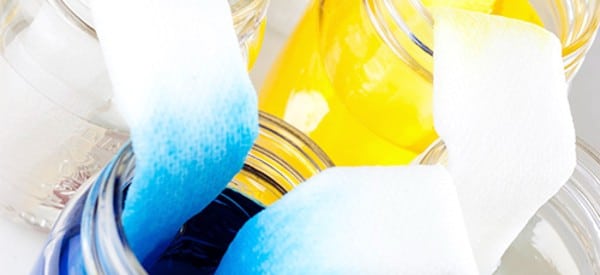
Who knew colors could walk? Introduce your little one to the enchanting Walking Rainbow experiment.
With a playful twist, watch vibrant hues journey between jars, defying boundaries and creating a mesmerizing spectrum. It’s more than just a visual treat; it’s a lesson in color blending and capillary action made simple and engaging!
- Main Materials: Clear glasses or jars, water, paper towels, primary color food coloring.
- Duration: Setup in 10 minutes, full observation up to 48 hours.
- Ideal Age: Preschoolers (3-5 years old).
- Science Discipline: Color theory and capillary action.
- Science Skills Focus: This activity cultivates observation, prediction, and an understanding of color blending and how liquids move through materials.
13. What Holds More?
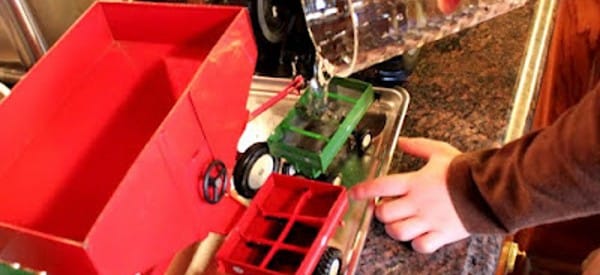
At first glance, this experiment might seem simple, but it’s a delightful dive into volume and capacity. Using everyday containers, your little one can predict, observe, and deduce which container holds more water.
The tangible, hands-on experience makes abstract concepts like volume tangible, turning ordinary playtime into a fascinating lesson.
- Main Materials: Assorted containers (cups, bowls, jars) and water.
- Duration: About 10-15 minutes.
- Ideal Age: Preschoolers (3-5 years old).
- Science Discipline: Physical science (Volume and Capacity).
- Science Skills Focus: Enhances skills in prediction, observation, and understanding volume through hands-on comparison and exploration.
14. Water Displacement Experiment
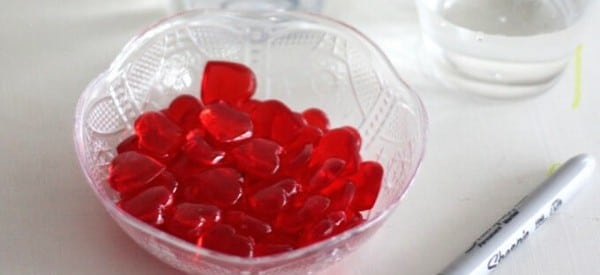
This fun activity beautifully marries the charm of Valentine’s trinkets with the wonder of water science, revealing how objects can displace water in the most captivating ways.
It’s a delightful blend of festivity and discovery, perfect for little hands and big curiosities.
- Main Materials: A clear container, water, Valentine-themed items (like heart erasers or gems).
- Duration: 15-20 minutes.
- Ideal Age: Preschoolers (3-5 years old).
- Science Discipline: Physics (Fluid Dynamics).
- Science Skills Focus: This experiment hones a child’s observational skills, teaching them about water displacement through hands-on, playful exploration.
15. Salt Melting Ice Activity
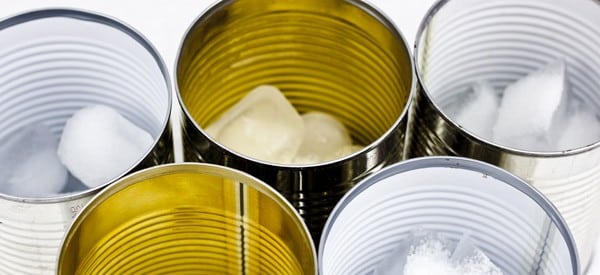
With the Salt Melting Ice Experiment, watch as crystals work their magic, revealing the mesmerizing process of how salt impacts ice.
This simple yet enchanting experiment offers a chilly twist to your preschooler’s scientific exploration, all while nestled warmly indoors.
- Main Materials: Ice cubes, salt, colored water, droppers.
- Duration: About 20-30 minutes.
- Ideal Age: Preschoolers (3-5 years old).
- Science Discipline: Chemistry and Thermal Properties.
- Science Skills Focus: This experiment enhances observation skills, understanding of melting processes, and the interaction of substances in temperature changes.
Conclusion
Our little ones are born explorers, and every splash and ripple holds a lesson. Through these water science experiments, we’ve journeyed into the world of curiousity and discovery, nurturing their budding curiosity.
If you and your little ones are looking for even more great activities, then check out my full list of STEAM science experiments for kids!
As parents, our joy is in seeing them marvel at the wonders around. Here’s to many more splashes, giggles, and eureka moments in your home’s very own aquatic lab! Happy experimenting!
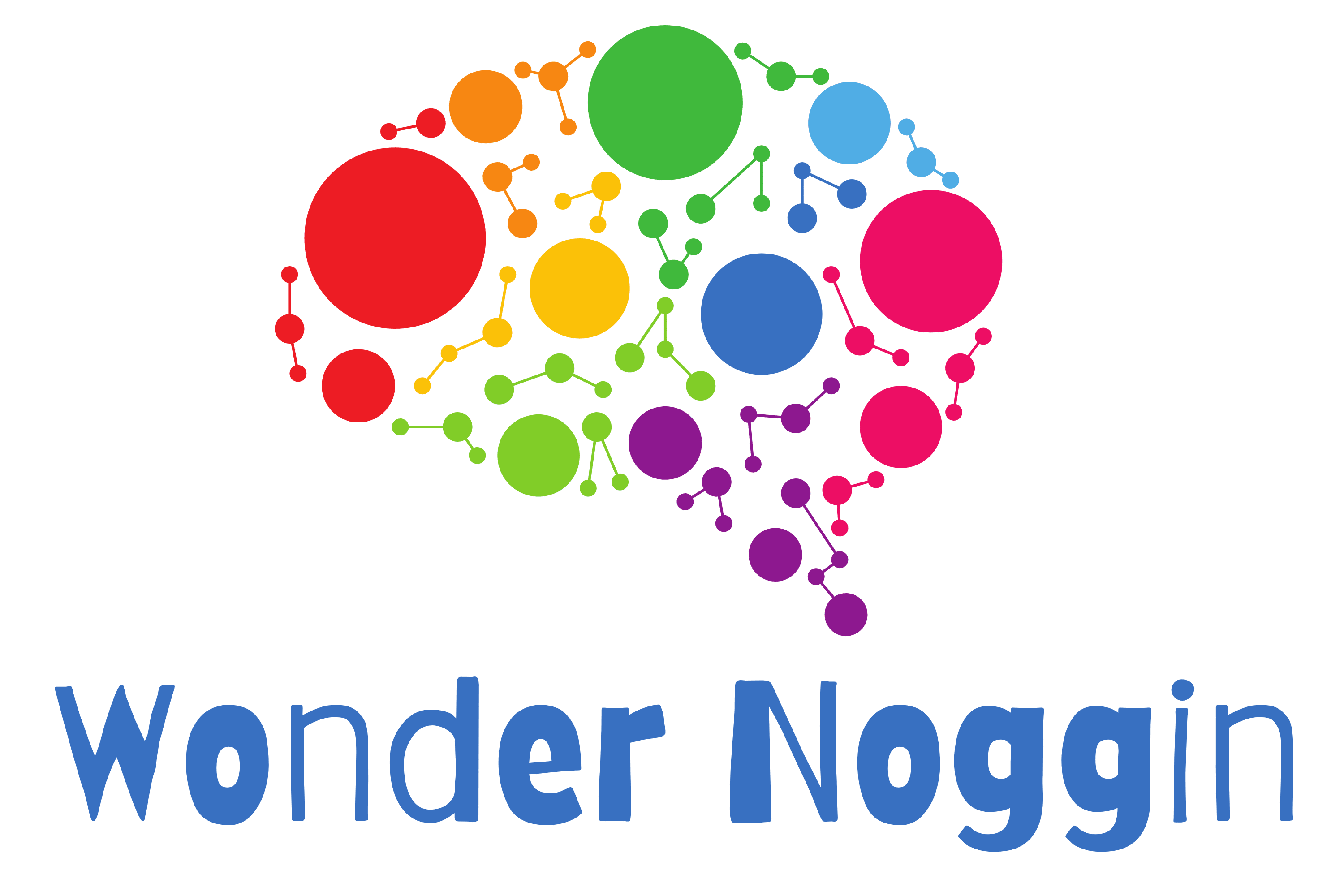

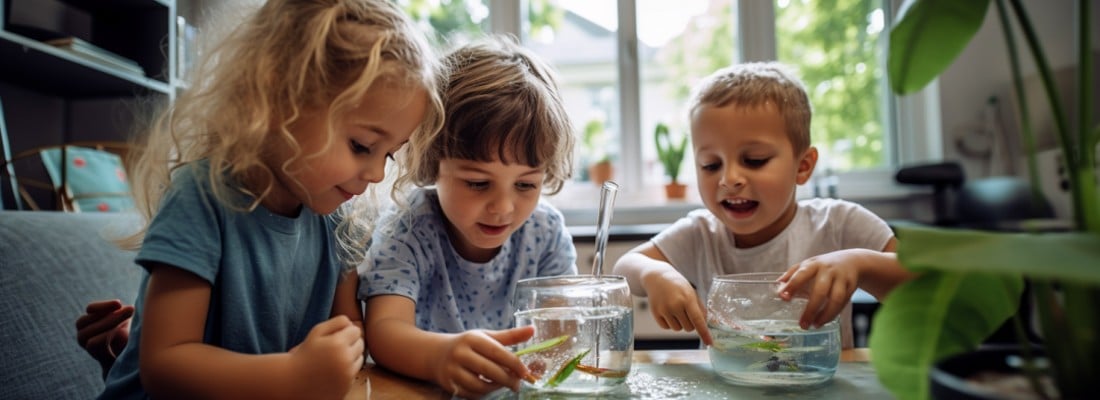




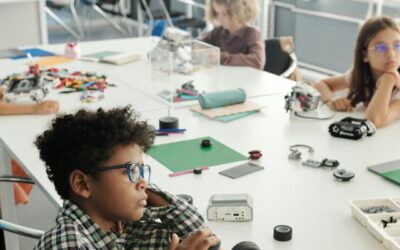


0 Comments